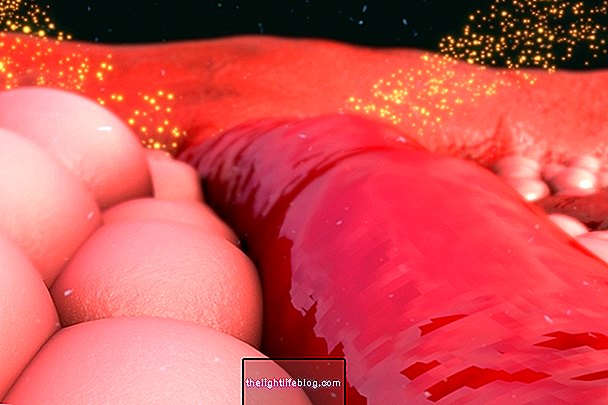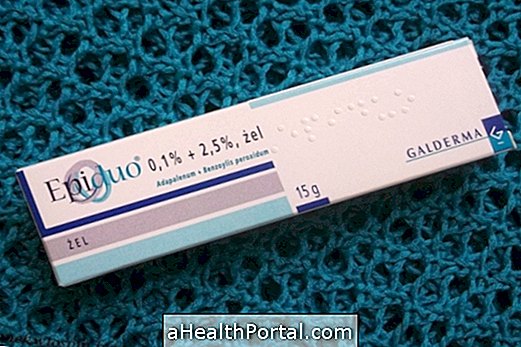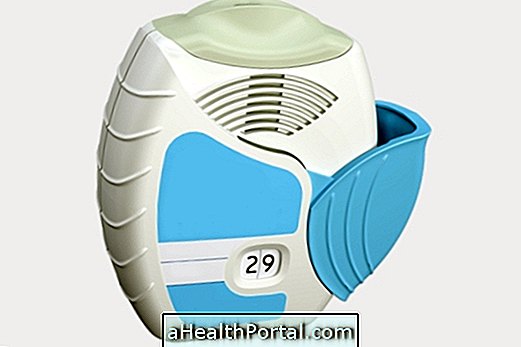Surgery for the separation of Siamese twins is not always indicated because of the high risk of organ-sharing. However, when performed, it can last from 20 to 36 hours and can bring complications such as heart failure, hepatic and even neuronal.
In addition, due to sharing of organs and difficulty of separation, the chance of one of the twins to die during or after the procedure is high. Therefore, it is recommended that the surgery be performed by a medical team composed of several specialties in order to minimize the risks.
Siamese twins are identical twins joined by some part of the body, such as trunk, back and skull, for example, and there may be shared organs such as heart, liver, kidneys and intestines. The detection of siamese twins can be done, in some cases, during routine pregnancy tests, such as ultrasonography. Learn all about the Siamese twins.

How is the surgery done
Surgery to separate Siamese twins can take hours and is a very delicate procedure, because according to the type of union of the twins there may be sharing of organs, which can make the procedure of high risk, since when there is separation, one of the twins is likely to die.
Sharing of organs is more common in twins who are joined by the head and trunk, however when there is sharing of kidneys, liver and intestines, separation may be a bit easier. The big problem is that the Siamese brothers rarely share only one organ, which can make their separation even more difficult. In addition to sharing organs and being physically united, the Siamese twin brothers are emotionally attached and live a life together.
To perform the surgery it is necessary that there is a medical team constituted by several specialties to guarantee the success of the operation. The presence of a plastic surgeon, cardiovascular surgeon and a pediatric surgeon are essential in all surgeries involving separation of the twin siamese. Their presence is important in separating organs and rebuilding tissues and adapting when necessary.
Surgery to separate Siamese twins joined by the skull or sharing brain tissue is rare, long-lasting and very delicate, however some surgeries have already been performed that have had positive results. The two children were able to survive, although they had some complications during hospitalization and some sequels.
Possible risks
The greatest risk of surgery for Siamese twins is death during or after the procedure. Depending on how close the twins are, surgery can be very risky, especially if there is sharing of various organs, such as heart or brain, for example.
In addition, the twin, when separated, may have some sequelae such as heart failure and neuronal changes that may result in changes or developmental delay.
However, if surgery is not possible or if it is decided by the family or the twins themselves that are not separated, they can remain united leading a more normal life possible.























